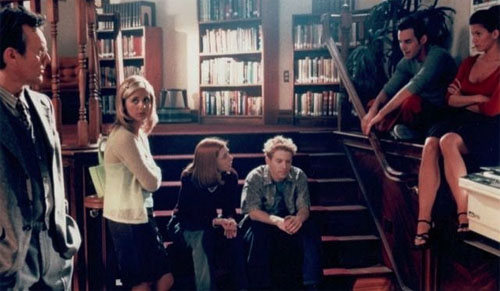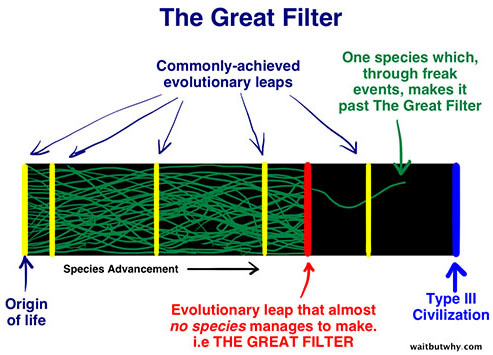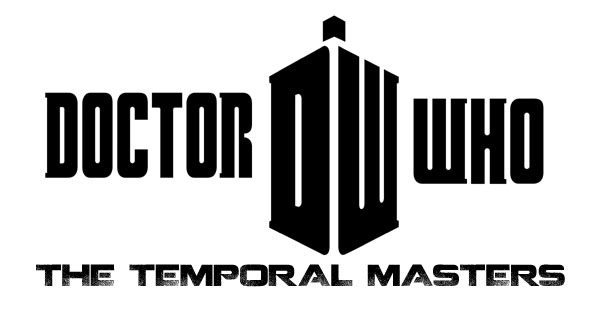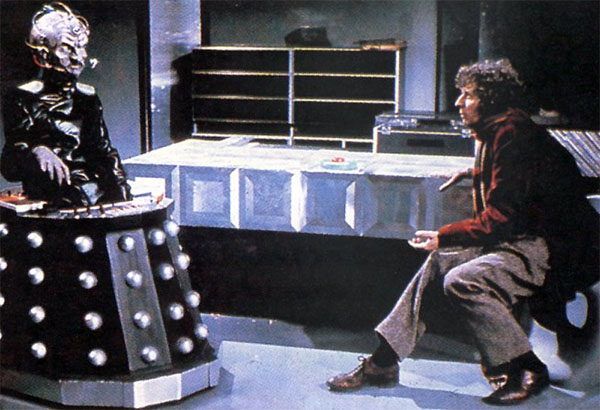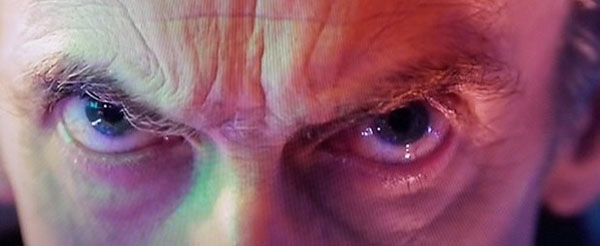Something I’ve noticed for years is that serialized narratives with a lot of complexity and moving parts have a tendency to bloat up: You look at the first season of a TV series or the first two dozen issues of a comic book and there’s a ton of stuff happening and a lot of progress seems to be getting made… and then a couple years later it seems like the pace of everything has slowed to a crawl and it takes three or four or five times longer for anything to happen.
Sometimes, of course, this is just because the writing has gotten sloppy: You cut some corners to make a deadline and release something that’s not as tight as you would like. You realize that nobody seems to have really cared about the sloppiness of what you released and so you give yourself permission to be a little more sloppy in the future.
But I’ve just realized that there’s something else going on here and it can be explicitly quantified.
Imagine that a given multi-episode plot thread in a TV series takes 40 minutes to resolve. Assume each episode of the series devotes 75% of its time (30 minutes) to the primary plot of the episode and 25% (10 minutes) to developing these multi-thread plots. Assume a new multi-episode plot thread gets introduced every 3 episodes and equal time is given to each one. What happens?
- EPISODE 1: Plot A +10 minutes.
- EPISODE 2: Plot A +10 minutes (20 minutes total)
- EPISODE 3: Plot A +5 minutes (25 minutes total). Plot B +5 minutes (5 minutes total).
- EPISODE 4: Plot A +5 minutes (30 minutes total). Plot B +5 minutes (10 minutes total).
- EPISODE 5: Plot A +5 minutes (35 minutes total). Plot B +5 minutes (15 minutes total).
- EPISODE 6: Plot A +5 minutes (concluded). Plot B +3 minutes (18 minutes total). Plot C +2 minutes (2 minutes total).
- EPISODE 7: Plot B +5 minutes (23 minutes total). Plot C +5 minutes (7 minutes total).
- EPISODE 8: Plot B +5 minutes (28 minutes total). Plot C +5 minutes (12 minutes total).
- EPISODE 9: Plot B +4 minutes (32 minutes total). Plot C +3 minutes (15 minutes total). Plot D +3 minutes (3 minutes total)
- EPISODE 10: Plot B +4 minutes (36 minutes total). Plot C +3 minutes (18 minutes total). Plot D +3 minutes (6 minutes total).
- EPISODE 11: Plot B +4 minutes (concluded). Plot C +3 minutes (21 minutes total). Plot D +3 minutes (9 minutes total).
In actual practice, obviously, some of these plots would be ignored for several episodes and then given more screen time when they come back. And the actual amount of time devoted to each plot would vary. But you can see what happens: Early on there’s a limited number of focal points and they rapidly accumulate the time required to resolve them. But because you’re introducing these arc-plots at a rate slightly faster than they can be resolved, the number you’re juggling gradually increases over time (which further reduces the rate at which they’re resolved).
The key thing to understand here is that the bloat isn’t the result of the writing on a series changing: The bloat was there the entire time. It just took awhile before the symptoms of the disease became noticeable.
One TV series that seemed to largely avoid this problem while also enjoying the benefits of arc-plotting was Buffy the Vampire Slayer. The technique they used seems relatively straight-forward: They limited the number of arc-plots they introduced in each season and made sure that most or all of them were resolved by the end of the season. As a result, when they launched season 6, for example, they didn’t have any more balls in the air than they did when they were launching season 3.
A few days ago my Ptolus campaign had a 100 Session Review to reorient the group as we get ready to launch into the next hundred sessions. In reviewing our campaign journals for the first hundred sessions, however, I noticed once again how much the PCs seemed to accomplish in the first dozen or so sessions of the campaign and how everything seems to take much longer in the more recent sessions. But when I drill down and actually look at any given session, it’s not that there’s less stuff happening: It’s just that there’s more balls in the air.
I don’t know if I would necessarily change anything in the current campaign. But the example set by Buffy in controlling the pace at which new arc-plots are introduced in the campaign is something I’ll be keeping in mind for the future.
